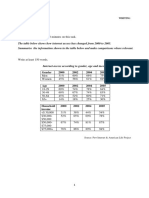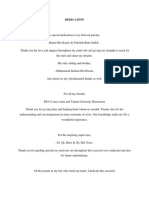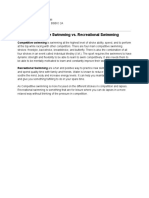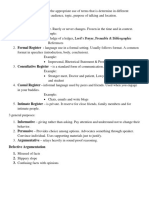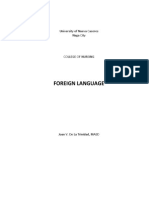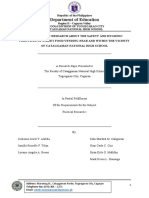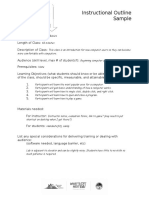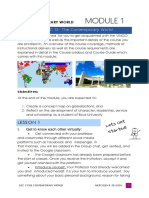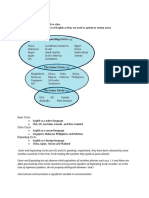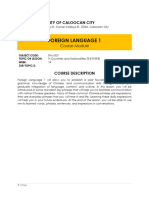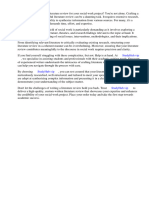0% found this document useful (0 votes)
1K views21 pagesCentro Escolar University: Foreign Language Mandarin 2 Study Guide
This document is a study guide for a Mandarin Chinese language course. It introduces the course and provides an overview of the first three modules, which cover topics like countries and nationalities, food, beverages, fruits, and vegetables. The modules include vocabulary lists, sentence patterns, example dialogues, and activities for students to practice their communication skills in Mandarin Chinese.
Uploaded by
max delvalleCopyright
© © All Rights Reserved
We take content rights seriously. If you suspect this is your content, claim it here.
Available Formats
Download as PDF, TXT or read online on Scribd
0% found this document useful (0 votes)
1K views21 pagesCentro Escolar University: Foreign Language Mandarin 2 Study Guide
This document is a study guide for a Mandarin Chinese language course. It introduces the course and provides an overview of the first three modules, which cover topics like countries and nationalities, food, beverages, fruits, and vegetables. The modules include vocabulary lists, sentence patterns, example dialogues, and activities for students to practice their communication skills in Mandarin Chinese.
Uploaded by
max delvalleCopyright
© © All Rights Reserved
We take content rights seriously. If you suspect this is your content, claim it here.
Available Formats
Download as PDF, TXT or read online on Scribd
/ 21






